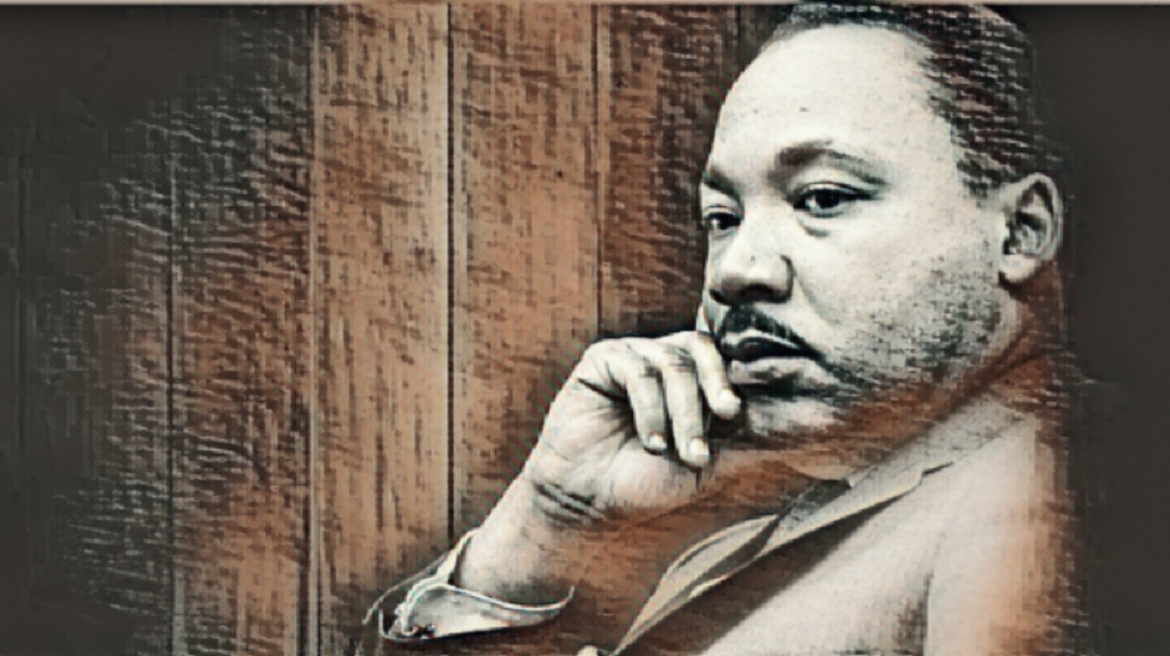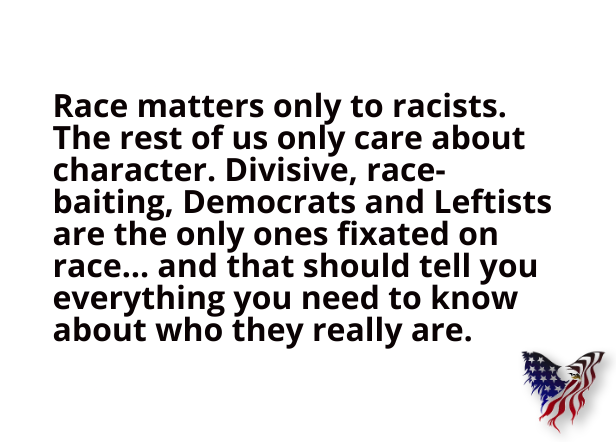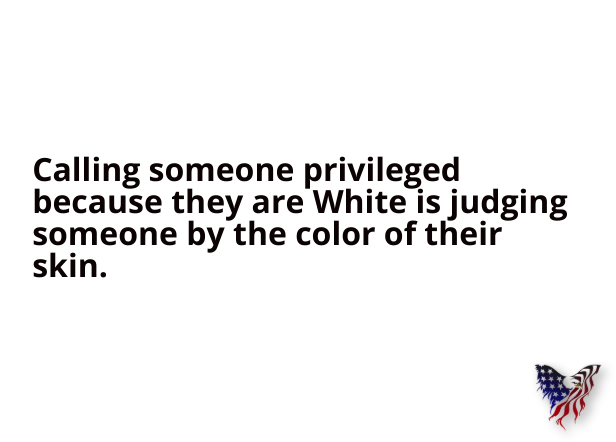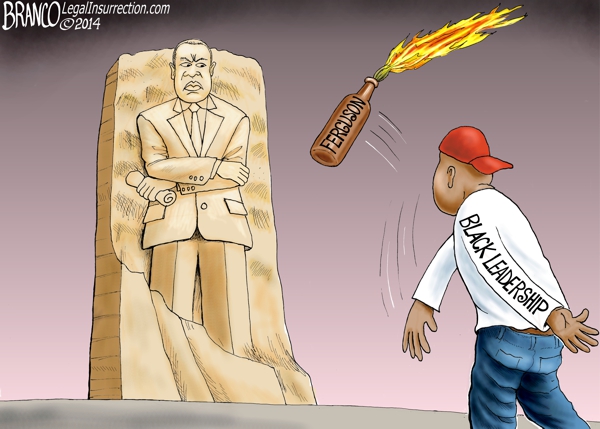In the tumultuous times of the 1960s, Martin Luther King Jr. emerged as a beacon of hope and a champion of civil rights for all. His iconic “I Have a Dream” speech still echoes in the hearts of many. However, King’s life was tragically cut short on April 4, 1968, when he was assassinated in Memphis, Tennessee. For years, questions lingered about the circumstances surrounding his death, and in 1999, a civil court jury delivered a shocking verdict: the U.S. government was found to be complicit in a conspiracy to kill the civil rights leader. In this article, we will delve into the events leading up to King’s assassination and the compelling evidence that suggests government involvement.
The Background
Martin Luther King Jr. was a prominent figure in the American civil rights movement. His non-violent approach to addressing racial inequality garnered widespread support and made him a symbol of hope for millions. However, his activism also made him a target of individuals and groups who opposed his vision of a more just and equal America.
The Government’s Surveillance
During the 1960s, the FBI, led by J. Edgar Hoover, was deeply concerned about the influence of civil rights leaders like Martin Luther King Jr. Hoover, in particular, viewed King as a radical and sought to discredit and undermine his efforts. The FBI initiated a covert surveillance program called COINTELPRO (Counter Intelligence Program) to monitor and disrupt civil rights activists.
The Conspiracy Takes Shape
As the civil rights movement gained momentum, the pressure on King and his associates grew. King was subjected to harassment, wiretapping, and threats from the FBI. The government’s involvement in these activities was hidden from the public eye for years, but evidence began to surface that suggested a more sinister plot was at play.
James Earl Ray’s Arrest
On June 8, 1968, just two months after Martin Luther King Jr.’s assassination, a man named James Earl Ray was arrested and charged with the murder. Ray admitted to the killing, but later recanted his confession, claiming he had been coerced into confessing and that he was not acting alone. This raised suspicions about a larger conspiracy.
The Trial and Verdict
In 1999, over three decades after the assassination, a civil court jury in Memphis, Tennessee, heard evidence related to King’s murder. The trial, initiated by the King family, aimed to shed light on the circumstances surrounding the assassination. The jury deliberated for only three hours before reaching a verdict: they found that the U.S. government was complicit in a conspiracy to assassinate Martin Luther King Jr.
Key Evidence
- Lack of Ballistic Evidence: One significant piece of evidence that cast doubt on James Earl Ray’s guilt was the absence of reliable ballistic evidence. The murder weapon, a Remington Model 760 rifle, was allegedly found near the crime scene. However, forensic experts testified that the rifle was not the murder weapon, and no fingerprints belonging to Ray were found on it.
- Ray’s Covert Movements: During the trial, it was revealed that James Earl Ray had traveled to several countries, including Canada and Portugal, under different aliases. This raised questions about whether he was acting alone or had support from a larger network.
- FBI Surveillance: The extensive FBI surveillance of Martin Luther King Jr. and his associates was presented as evidence of the government’s interest in King’s activities. The FBI’s efforts to discredit King were well-documented, further fueling suspicions of government involvement.
- The Mysterious Raoul: James Earl Ray claimed that a mysterious figure known as Raoul had coerced him into participating in the assassination. Raoul’s identity was never definitively established, but his alleged involvement added another layer of intrigue to the case.
- Hoover’s Hostility: J. Edgar Hoover’s well-documented hostility towards Martin Luther King Jr. and his efforts to tarnish King’s reputation provided a motive for government involvement in the assassination.
Closing Thoughts
The assassination of Martin Luther King Jr. remains a haunting chapter in American history, and the verdict of the 1999 civil court trial has cast a chilling shadow of suspicion over the U.S. government’s potential role in his death. While concrete proof of government complicity may remain elusive, the evidence unearthed during the trial raises unsettling questions about the murky depths surrounding King’s assassination.
As we reflect on the life and legacy of Martin Luther King Jr., it is crucial to acknowledge the daunting challenges he encountered in his relentless pursuit of civil rights and equality. The story of his assassination serves as a stark reminder of the enigmatic and often disturbing facets of the struggle for justice in the United States. It compels us to confront the unsettling possibility that those sworn to protect the nation may have been entangled in a web of conspiracy and betrayal on that fateful day in 1968. The pursuit of truth and justice persists, even decades later, as we grapple with the ominous specter of government involvement, casting a darker hue on the tragic demise of a civil rights icon.




